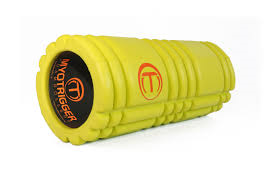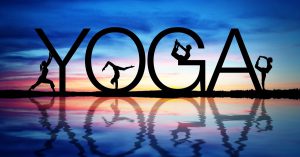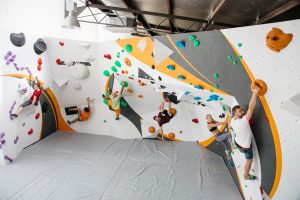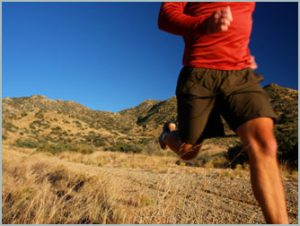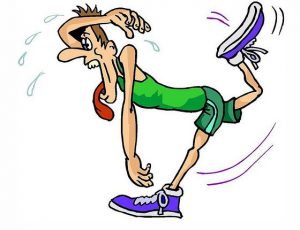by: Samuel Jenkins
Let’s talk about foam rolling today! To make a long story short, self-myofascial release it is a method of self-massage, generally using a foam roller, to help release built up scar tissue within the muscles and fascia matrix. Fascia is a thin film of connective tissue that helps interconnect our muscles, bone, and organs together (think of the thin film that you typically find on a chicken breast—that’s fascia!)
The problem is our fascia and muscles, have a tendency to get “stuck” together on a microscopic level. These are called adhesions. Adhesions can form for various reasons, most of which can be attributable to lifestyle such as poor posture, but can also be caused by a particularly intense workout too. These adhesions is our body’s attempt to put on a short term band aid so we can make it through the day and hopefully find time to recover later on. The trouble is most of us can’t find the time to rest properly and allow our bodies to properly recover. Our muscles will eventually get tighter as these adhesions progressively build up. This may eventually lead to loss of range of motion, faulty movement patterns, or painful movement.
This is when a tool such as a foam roller is very handy! By utilizing a foam roller we can apply deep compression to our muscles and fascia- thus breaking up adhesions and helping tight muscles relax. Using foam rolling and proper exercise can really help improve blood circulation, which is absolutely vital for nutrition to properly travel throughout all of your body.
Foam rolling can be used before, after or even during your workout between sets. When foam rolling stick to big muscle groups/regions such as the front, back, and side of your thighs. You should seek to apply moderate pressure and roll slowly, when you find a trigger point or tight/painful spot- try and pause on said spot for a few moments and you should feel a gradual release in your muscles. If a spot is too painful to go to directly, slowly foam roll the area surrounding the painful spot then gradually try to work that spot out again. Be careful not to foam roll your joints, but if feeling pain it is generally a good idea to foam roll both above and below the painful joint. Also do not foam roll your lower back, a potential alternative can be a tennis ball or 2 lacrosse balls tied together. Remember after foam rolling to drink plenty of water to help give your body the water it needs to flush itself without dehydrating yourself. Make sure to give your body a day or two to recover before you foam roll that region again. You may also experience some soreness the next day, so make sure to get good sleep and nutrition as well.
